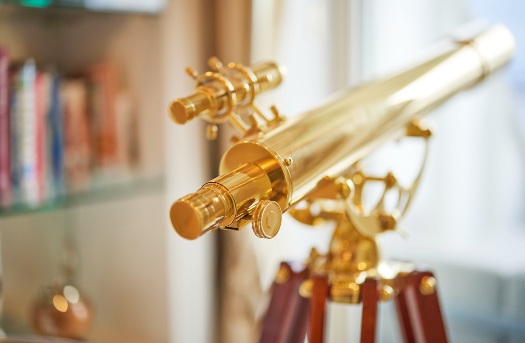“The Designated Area for Stateless Refugees” (Jewish Ghetto) of Shanghai, China
On our first visit to Shanghai in 1995, our family visited the Jewish Ghetto of Shanghai with an English-speaking guide who gave us a very good overview of the history of the Jewish “stateless refugees” (predominantly from Germany and its neighboring countries) who arrived in the 1930s. At that time there were no museums and virtually no plaques on the walls of the ghetto houses to tell the story of that era. On our present visit, we had a tour with an expert local guide who toured us through the ghetto (“the designated area for stateless refugees”) and introduced us to several restored buildings that now serve as a museum and reminders of the history of the era.
From 1933 to 1941, Shanghai became a modern-day “Noah’s Ark”, accepting around 18,000 Jewish refugees fleeing the Holocaust in Europe. By the time World War II ended in 1945, most of the Jewish refugees survived in Shanghai. Dr. David Kranzler, a noted Holocaust historian, called it the “Miracle of Shanghai” and commented that within Jewry’s greatest tragedy, i.e. the Holocaust, there shone a few bright lights. Among the brightest of these is the Shanghai haven.
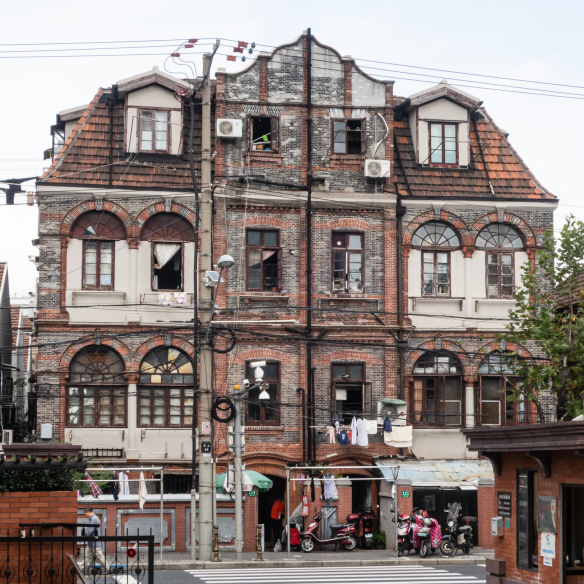
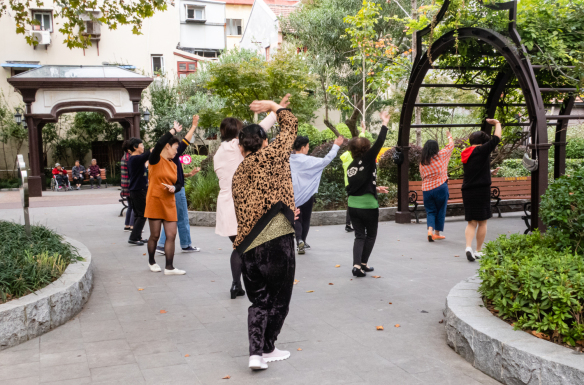
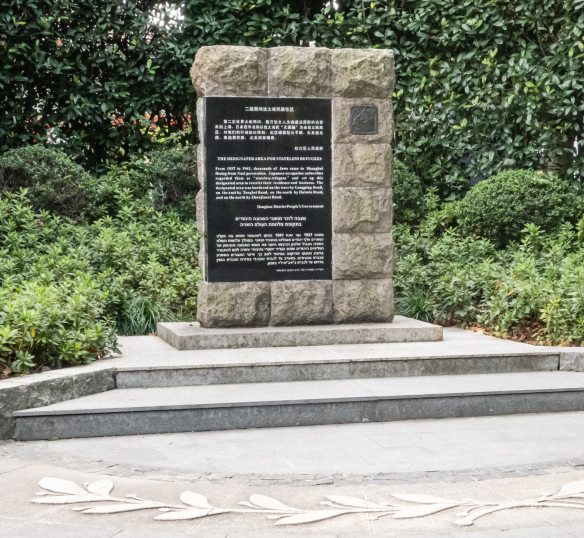
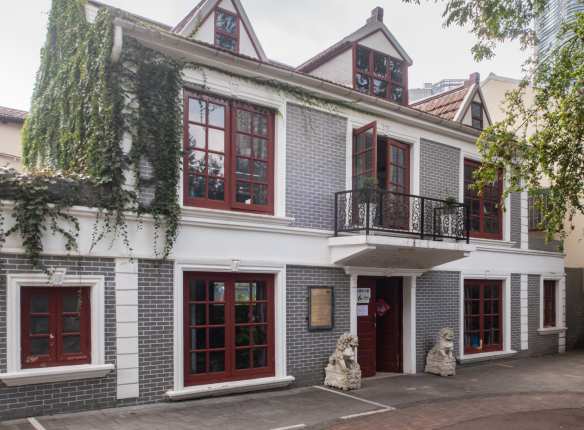

Ready to learn more?
Determine whether life aboard The World is the right fit for you. Talk to one of our Residential Advisors today to learn more about this unique lifestyle, details of upcoming Journeys and Expeditions, and ownership opportunities.
